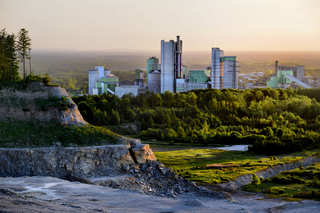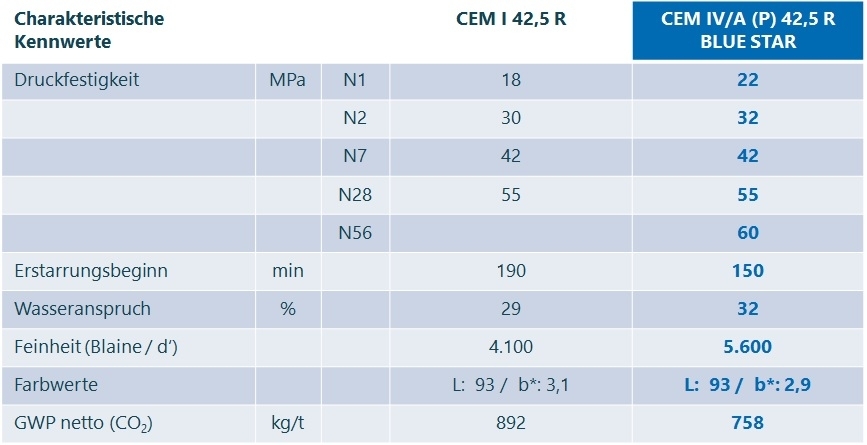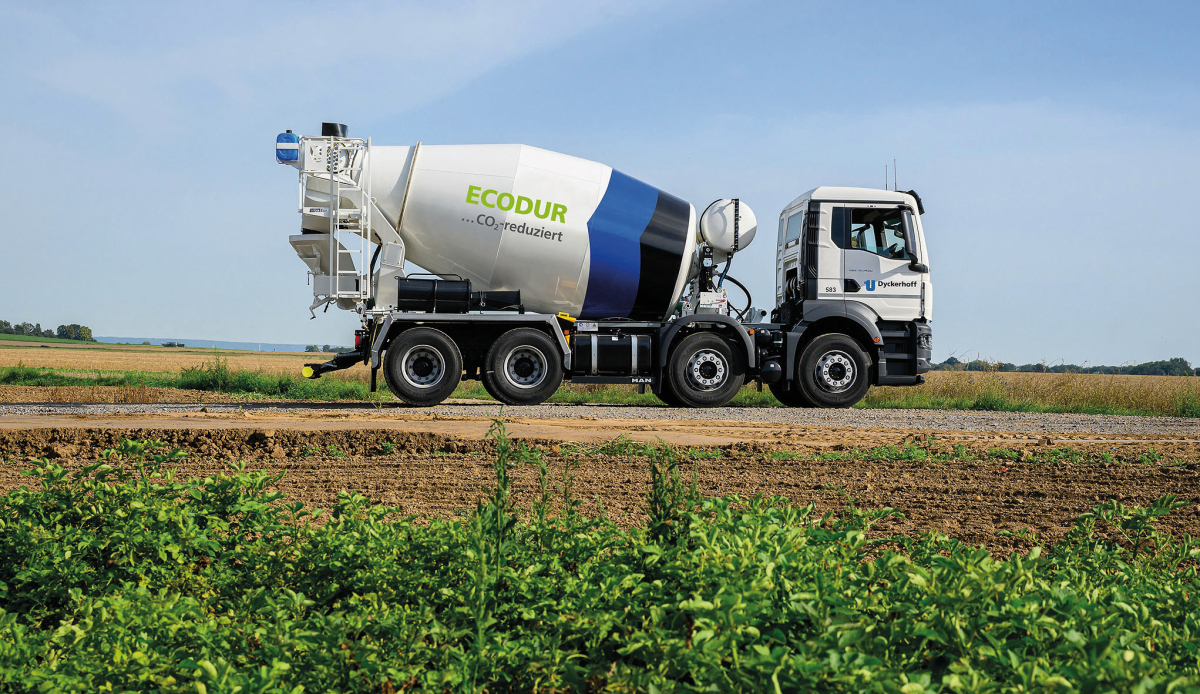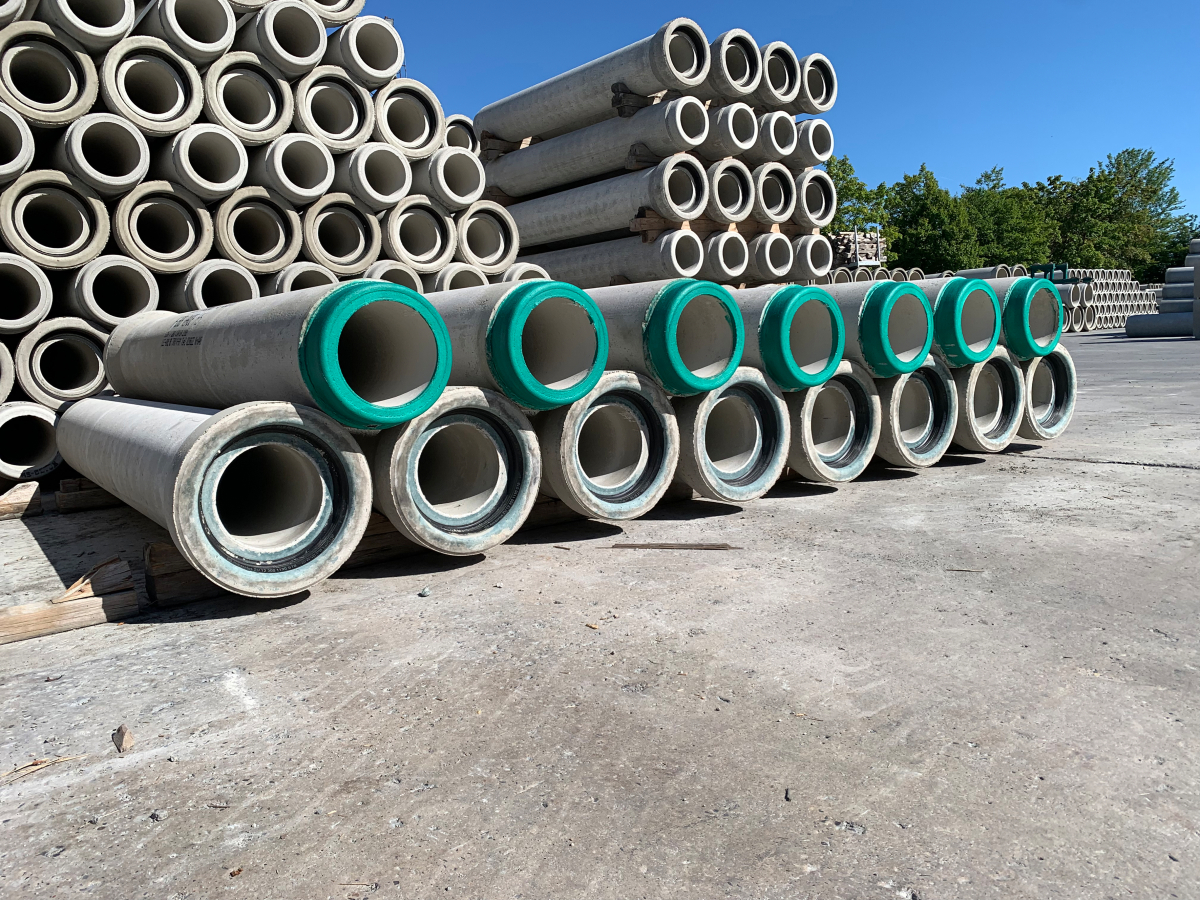Dyckerhoff receives approval for CEM VI cement
31.10.2025

Figure: Dyckerhoff
Dyckerhoff is the first cement manufacturer in Germany to receive a national technical approval (abZ) for the application of CEM VI (S-LL) cement in accordance with DIN EN 197-5. The German Institute for Building Technology (DIBt) granted approval for the Dyckerhoff cement plant in Lengerich on 20 October 2025 for almost all exposure classes, with the exception of classes XF2 to XF4.
CEM VI cement is a versatile cement for the production of ready-mixed concrete. It combines a low carbon footprint, comparable to the CEM III/B cements commonly available on the market today, with the efficient use of locally available raw materials. In addition to the main components of Portland cement clinker and granulated blast furnace slag, limestone is used as another main component – a resource that is available in sufficient quantities. In terms of its composition, CEM VI is similar to the already established CEM II/C-M (S-LL) cements, but with a significantly lower carbon footprint.
Composition CEM VI (S-LL) according to DIN EN 197-5:
Portland cement clinker
35–49 M%
Blast furnace slag
31–59 M%
Limestone
6–20 M
Low hydration heat
The combination of the three well-balanced main cement components gives the concrete produced good processing properties with very good sedimentation stability and moderate strength development. Other key properties of the cement are low hydration heat and low effective alkali content.
Suitable for the production of CO2-reduced concretes
The cement can be applied in more than 60% of all concrete types produced in ready-mixed concrete plants. It is also suitable for the production of CO2-reduced concretes according to the CSC system up to CO2 level 3. This is particularly relevant when no fillers, such as fly ash, are available. The low hydration heat of the cement has a particularly positive effect in massive components.
CEM VI cements are an essential building block for the cement industry on its path to climate neutrality. In the VDZ roadmap, these cements were originally planned for introduction from 2030 onwards. The introduction of CEM VI at this point in time will help to reduce CO2 emissions from concrete construction more quickly than envisaged in the roadmap.
CONTACT
Dyckerhoff GmbH
Biebricher Str. 68
65203 Wiesbaden/Germany
+49 611 676-0




